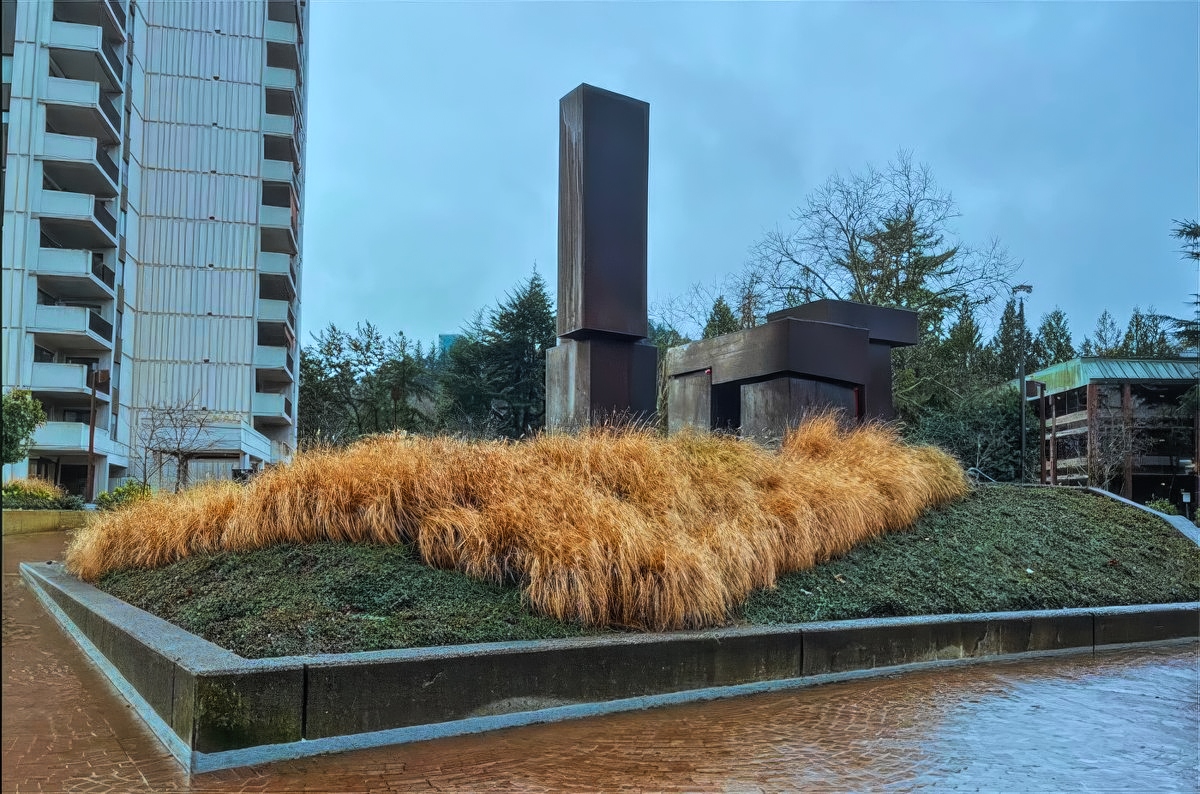Rejuvenation Pruning – What Is It, Why Do It, and When
Rejuvenation pruning is a landscape practice that involves the cutting back of plants to stimulate new growth and restore natural shape. This technique is often applied to both deciduous and coniferous plants, and it offers several benefits.
Benefits of Rejuvenation Pruning
Stimulates new growth
Rejuvenation pruning encourages the development of new, healthy shoots and branches by removing old, unproductive, or dead wood. This can result in a more compact natural growth plant.
Enhances plant health
Eliminating diseased, damaged, or dead branches helps improve overall plant health. It reduces the risk of spreading pests and diseases and removes potential sources of stress for the plant.
Increases air circulation
Rejuvenation pruning opens up the plant canopy, improving air circulation and sunlight penetration. This is particularly beneficial for reducing the risk of fungal diseases, which are common here in the PNW.
Restores shape and form
Overgrown or misshapen plants can be brought back to a more desirable form through rejuvenation pruning. This is especially important for maintaining balance and overall health.
Renews flowering and fruiting
Many deciduous plants and some conifers produce flowers and fruits on new growth. Rejuvenation pruning can lead to more flowering and fruiting, enhancing the plant’s ornamental value.
Increases longevity
Regular rejuvenation pruning can extend the overall lifespan of a plant by preventing the accumulation of old, weakened wood and promoting a continuous cycle of healthy growth.
When to Perform Rejuvenation Pruning
Deciduous plants
Rejuvenation pruning is often best done during the dormant season, typically late winter or early spring before new growth begins. This minimizes stress on the plant and allows it to allocate energy to new growth.
Coniferous plants
Conifers can also be pruned during late winter or early spring. However, some conifers may respond better to pruning in late spring or early summer when they are actively growing.
Consider the plant species
Some plants may have specific timing preferences for rejuvenation pruning, so it’s essential to consider the species. Research the specific needs of the plant in question before performing the pruning.
Avoid extreme weather
Avoid pruning during extreme weather conditions, such as very hot or very cold periods, to minimize stress on the plant. Choose a day when the weather is mild and the plant can recover more easily.
Always keep in mind that rejuvenation pruning can be a drastic measure, and the extent of pruning should be adjusted based on the specific needs and tolerance of each plant species. Timing is very important when it comes to pruning and recommendations should be followed to ensure the success of your plant material.


